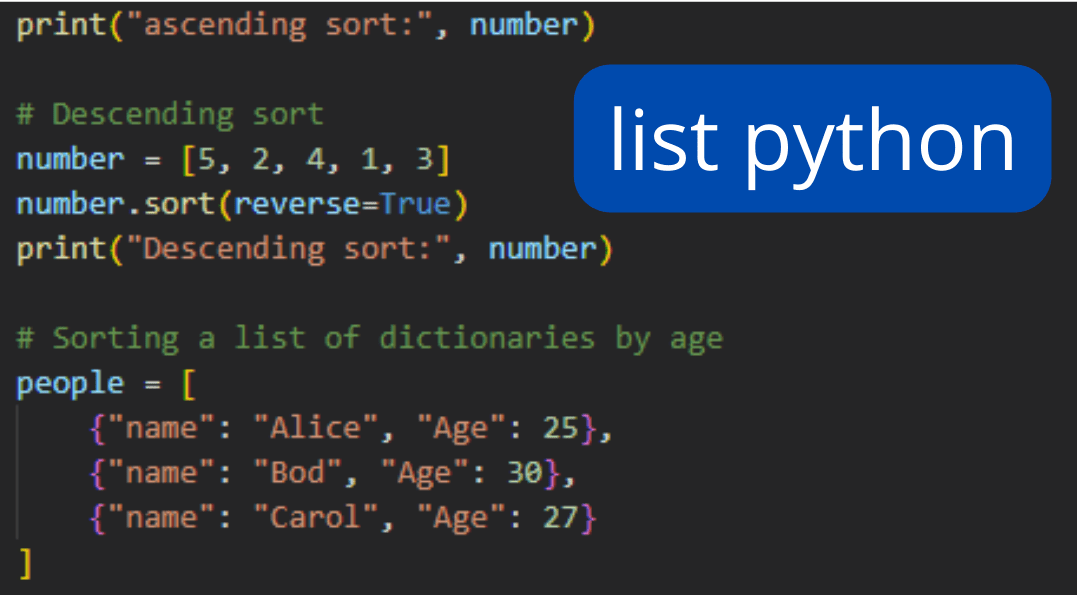【Python机器学习数据预处理】:数据结构应用技巧大公开
发布时间: 2024-09-11 21:39:51 阅读量: 143 订阅数: 41 


数据预处理从入门到实战 基于 SQL 、R 、Python.zip

# 1. Python机器学习数据预处理概述
在机器学习项目中,数据预处理是至关重要的一个步骤,它直接影响着最终模型的性能和效果。数据预处理可以理解为对原始数据进行整理、清洗和转换的过程,目的是确保数据的质量,并为后续的模型训练和分析提供准确的基础。在Python中,这一过程往往依赖于强大的库,如NumPy、Pandas以及Scikit-learn等,它们提供了丰富的工具来帮助数据科学家快速有效地完成数据预处理工作。在本章中,我们将概述Python在机器学习数据预处理中的应用,并为后续章节中更深入的技术细节和应用案例打下基础。
# 2. 数据预处理的理论基础
## 2.1 数据预处理的定义和重要性
### 2.1.1 数据预处理的目标和挑战
数据预处理是机器学习中一个不可或缺的步骤,它位于数据采集与模型训练之间。其目标是将原始数据转换为适合机器学习算法处理的格式,保证数据质量,提高模型的准确性和效率。数据预处理面临的挑战包括数据量大、维度高、缺失值、噪声以及各类异常值等问题。
数据预处理通常包含数据清洗、数据转换、数据规约等步骤。数据清洗主要涉及去除或填补缺失数据、平滑噪声数据、处理异常值等,以确保数据的质量。数据转换可能包括数据标准化、归一化等,而数据规约则通过特征选择、维度缩减等方法,减少数据集的复杂性,同时保留关键信息。
### 2.1.2 数据预处理在机器学习中的作用
在机器学习模型训练之前,没有经过预处理的数据可能会导致模型无法正确学习,或者学习到错误的模式,进而影响预测性能和模型泛化能力。数据预处理有助于:
- 提高数据质量,确保模型训练的有效性。
- 增强模型的准确性和鲁棒性。
- 减少计算资源消耗和缩短训练时间。
- 为后续的特征工程和模型选择奠定基础。
## 2.2 数据清洗技术
### 2.2.1 缺失值处理方法
处理缺失值是数据清洗中最常见的任务之一。常见的处理方法有:
- **删除含有缺失值的记录**:如果数据集中缺失值不多,可以直接删除这些记录。
- **填充缺失值**:可用统计方法(如均值、中位数、众数)填充缺失值,或使用模型预测缺失值。
- **插值方法**:如线性插值、多项式插值等,适用于时间序列数据等场景。
例如,在Python中可以使用Pandas库处理缺失值:
```python
import pandas as pd
# 假设df是已经加载的DataFrame
# 删除含有缺失值的行
df_cleaned = df.dropna()
# 使用均值填充数值型特征的缺失值
df_filled = df.fillna(df.mean())
# 使用模型预测缺失值,这里以KNN为例
from sklearn.impute import KNNImputer
imputer = KNNImputer(n_neighbors=2)
df_filled_knn = pd.DataFrame(imputer.fit_transform(df), columns=df.columns)
```
### 2.2.2 异常值检测与处理
异常值是数据集中那些与其它数据明显不符合的数据点,可能由测量或输入错误引起。异常值的检测方法包括:
- **箱型图**:根据四分位数和异常值标记。
- **Z-Score**:根据标准差和均值来识别异常值。
- **基于模型的方法**:如孤立森林、基于密度的方法等。
异常值的处理方法有:
- 删除异常值。
- 修正异常值为更合理的数值。
- 为异常值创建新类别。
```python
import numpy as np
# 以Z-Score为例,标记异常值
from scipy import stats
z_scores = np.abs(stats.zscore(df.select_dtypes(include=[np.number])))
threshold = 3
df[df < (z_scores < threshold)] = np.nan
df_cleaned = df.dropna()
```
### 2.2.3 数据去噪技术
数据去噪是指从数据中消除干扰信息的过程,常见的去噪方法有:
- **低通滤波器**:减少信号中的高频噪声。
- **中值滤波器**:对数据进行平滑处理,常用于图像和时间序列数据。
- **小波变换**:在不同尺度上分析数据,分离信号和噪声。
```python
from scipy.signal import medfilt
# 假设有一维信号数据sig,进行中值滤波去噪
sig_filtered = medfilt(sig, kernel_size=3) # kernel_size为滤波器大小
```
## 2.3 数据转换技术
### 2.3.1 数据标准化和归一化
数据标准化和归一化是为了消除不同特征之间的量纲影响和取值范围差异。常用方法包括:
- **标准化(Z-Score标准化)**:将数据按其均值和标准差进行转换。
- **归一化(Min-Max归一化)**:将数据缩放到[0, 1]区间。
例如,使用Scikit-learn中的`StandardScaler`和`MinMaxScaler`进行数据标准化和归一化:
```python
from sklearn.preprocessing import StandardScaler, MinMaxScaler
# 数据标准化
scaler_standard = StandardScaler().fit_transform(df.select_dtypes(include=[np.number]))
# 数据归一化
scaler_minmax = MinMaxScaler().fit_transform(df.select_dtypes(include=[np.number]))
```
### 2.3.2 数据编码和特征构造
数据编码是将类别特征转换为数值特征的过程,常见的编码方法有:
- **标签编码(Label Encoding)**:将类别标签转换为数值。
- **独热编码(One-Hot Encoding)**:为类别特征生成二进制列。
特征构造则是指通过现有特征生成新的特征,常见的构造技术有:
- **基于规则的方法**:结合领域知识生成新特征。
- **基于模型的方法**:如主成分分析(PCA)等。
```python
from sklearn.preprocessing import OneHotEncoder
# 独热编码示例
encoder = OneHotEncoder(sparse=False).fit_transform(df[['categorical_feature']])
encoded_df = pd.DataFrame(encoder, columns=encoder.columns)
```
### 2.3.3 维度缩减方法
维度缩减旨在降低数据的特征数量,常用方法有:
- **主成分分析(PCA)**:通过线性变换将数据转换到新的坐标系统中。
- **线性判别分析(LDA)**:用于多分类问题的特征提取。
- **t分布随机邻域嵌入(t-SNE)**:常用于高维数据的可视化。
```python
from sklearn.decomposition import PCA
# 主成分分析示例
pca = PCA(n_components=2).fit_transform(df.select_dtypes(include=[np.number]))
pca_df = pd.DataFrame(pca, columns=['PCA1', 'PCA2'])
```
以上章节内容展示了数据预处理的理论基础,详细介绍了数据清洗、转换技术和方法。在接下来的章节中,我们将探讨数据预处理的实践应用和一些进阶技巧。
# 3. 数据预处理实践应用
数据预处理是数据科学和机器学习流程中不可或缺的一步,它包括对原始数据进行探索、清洗、转换、和准备,以便于后续的分析和建模。本章节将通过实践应用的角度,更深入地探讨数据预处理的过程和技术。
## 3.1 数据集的探索性分析
在对数据进行任何预处理之前,我们需要理解数据的结构、分布和潜在关系。探索性数据分析(EDA)是这个过程的关键。
### 3.1.1 数据分布的可视化分析
可视化是探索数据分布的有力工具。通过绘制直方图、箱形图和散点图等,我们可以快速理解数据的基本特征,如中心趋势、离散程度和异常值。例如,使用Python中的Matplotlib和Seaborn库可以帮助我们完成这些工作。
```python
import matplotlib.pyplot as plt
import seaborn as sns
# 假设 dataset 是已经加载到内存中的Pandas DataFrame
# 绘制直方图
sns.histplot(dataset['feature_column'])
plt.show()
# 绘制箱形图
sns.boxplot(x=dataset['feature_column'])
plt.show()
# 绘制散点图
sns.scatterplot(x=dataset['feature_column1'], y=dataset['feature_column2'])
plt.show()
```
以上代码块展示了如何使用Matplotlib和Seaborn库绘制三种不同的统计图表。通过这些图表,我们可以观察到数据的分布特征、异常值以及变量间的相关性。
### 3.1.2 数据关联性的统计分析
在数据集中识别变量间的关联性对于理解数据和设计机器学习模型至关重要。相关性分析可以通过计算变量间的相关系数,如皮尔逊相关系数,来进行。
```python
import numpy as np
# 计算相关系数矩阵
correlation_matrix = dataset.corr()
# 输出相关系数矩阵
print(correlation_matrix)
```
执行上述代码后,我们会得到一个相关系数矩阵,它可以帮助我们发现哪些变量之间存在强相关性,从而对模型的特征选择提供依据。
## 3.2 数据预处理工具和库
数据预处理的实践中,利用有效的工具和库可以大大简化工作流程。Python作为一个数据科学领域的利器,提供了强大的数据预处理库。
### 3.2.1 Python中的Pandas库使用
Pandas库是一个强大的数据分析和处理工具,其DataFrame对象非常适合进行数据清洗和初步分析。Pandas提供了多种功能来处理缺失数据、合并数据集以及数据转换等。
```python
# 处理缺失值
dataset.fillna(dataset.mean(), inplace=True)
# 删除包含缺失值的行
dataset.dropna(inplace=True)
# 更换数据类型
dataset['categorical_column'] = dataset['categorical_column'].astype('category')
```
在上述Pandas代码块中,我们用`fillna`方法填补了数值型列中的缺失值,用`dropna`方法删除了含有缺失值的行,同时也演示了如何将一个列的数据类型进行转换。
### 3.2.2 Scikit-learn中的预处理功能
Scikit-learn是一个广泛使用的机器学习库,它提供了数据预处理的标准接口,包括特征缩放、特征选择和模型特定预处理等多种功能。
```python
from sklearn.preprocessing import StandardScaler
# 实例化特征缩放器
scaler = StandardScaler()
# 选择需要处理的特征
features = dataset
```
0
0





